Special Events September 2022
STRI special events,
September 2022
Teacher workshop, GIS influencer, Amphibian Rescue and Conservation, Ocean Awareness month, and more.
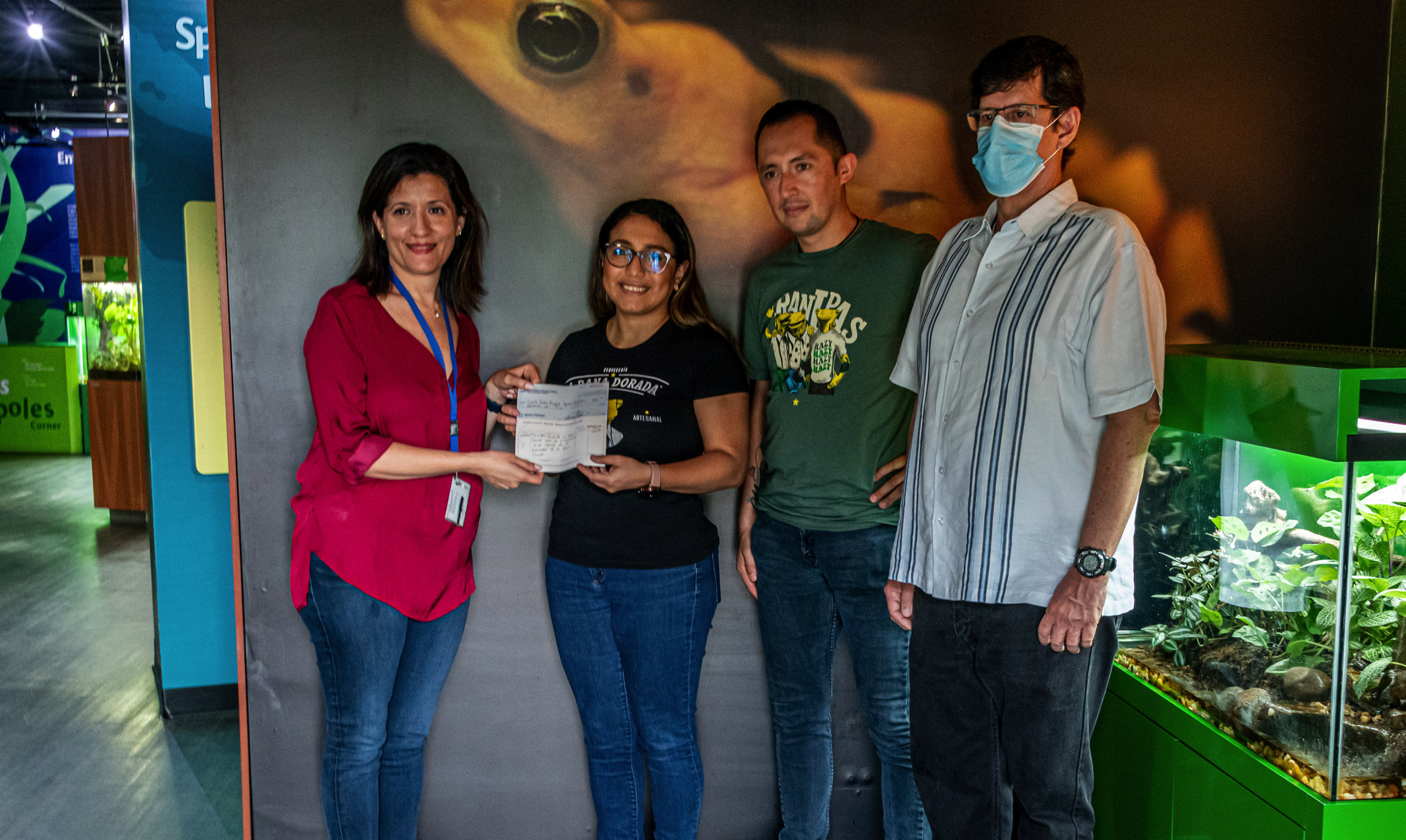 orange
orangeSpecial
Events
STRI special events,
September 2022
Teacher workshop, GIS influencer, Amphibian Rescue and Conservation, Ocean Awareness month, and more.
 orange
orangeSpecial
Events
U.S.Embassy-Sponsored Stand
Takes Science to the People
What do frogs, jaguars and bird food have in common? They all inspired imaginative activities for kids at this year’s International Book Fair in Panama.
Sustaining a Biodiverse Planet Punta Culebra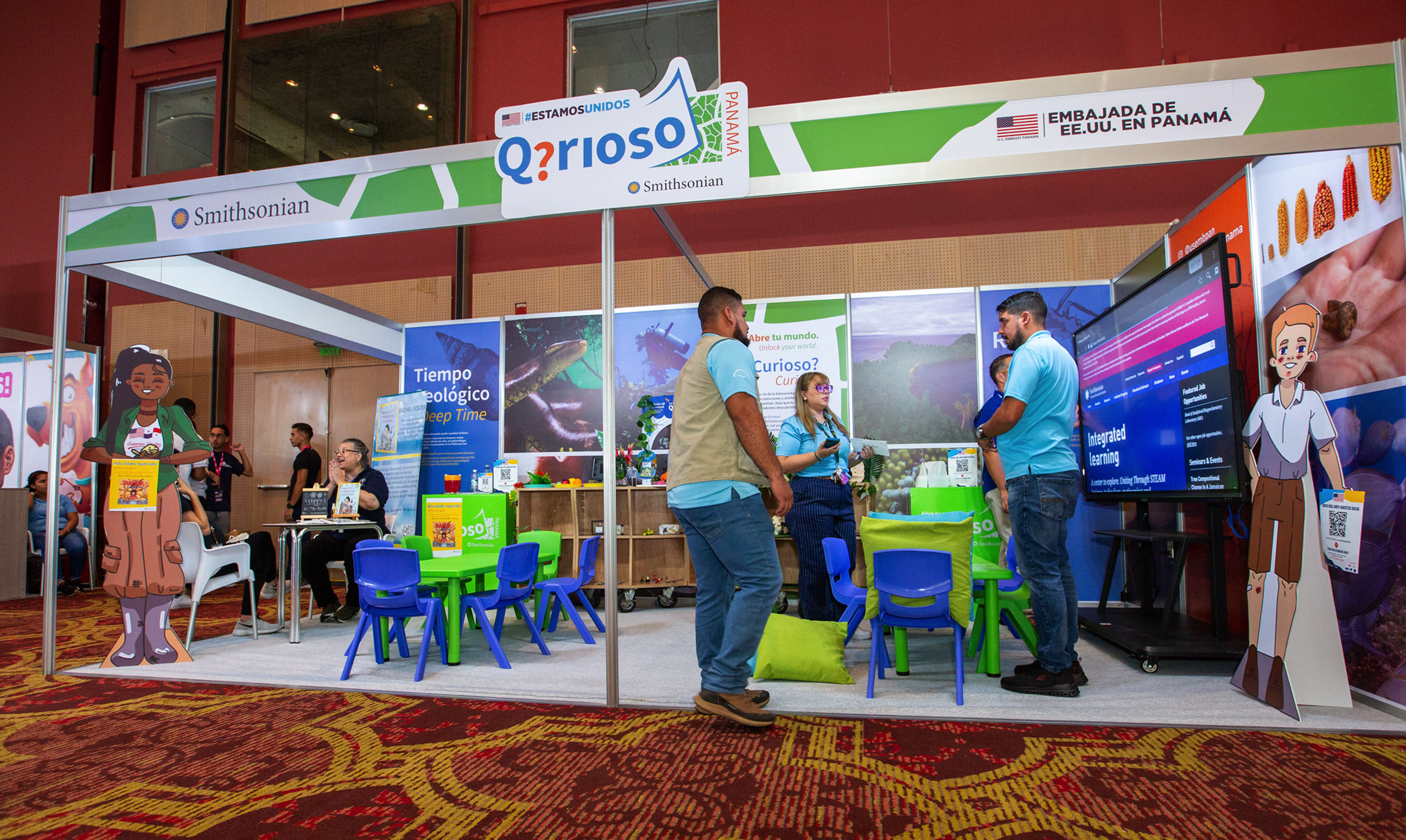 orange
orangeSTEAMY
Book Fair
STRI special events,
July 2022
What Do You Love About Forests? STRI Rocks ATBC, Interpreting Clues to Ocean Health and more.
 orange
orangeSpecial
Events
Solving mysteries of Panamanian
fauna with camera traps
Traditionally, we highlight the richness of the fauna that lives in the forests of Panama. However, the complex Panamanian forests also hide a diversity in the behavior of this fauna. Considering how small Panama is, for these same species, the behavior can vary according to its environment. In this talk we will talk about how camera traps provide us with pieces of the puzzle of the ecology and behavior of the fauna in Panama.
Animal Behavior Evolutionary Biology Zoology Biodiversity Natural History Origins of Species and Societies Barro Colorado orange
orangeSay
cheese!
What the leaves tell us: stories of extinction and the origins of tropical forests
Plant leaves show us the species that exist in a forest, and the ecological conditions in which they live. These attributes can also be observed in fossil leaves, which allows us to reconstruct forests that existed millions of years ago and understand how they have changed over time. In this talk we will talk about how fossil leaves tell us about the effect of a mass extinction 66 million years ago, on the evolution of modern tropical forests.
Paleontology and Paleobiology Botany Historical Ecology Life in Deep Time CTPA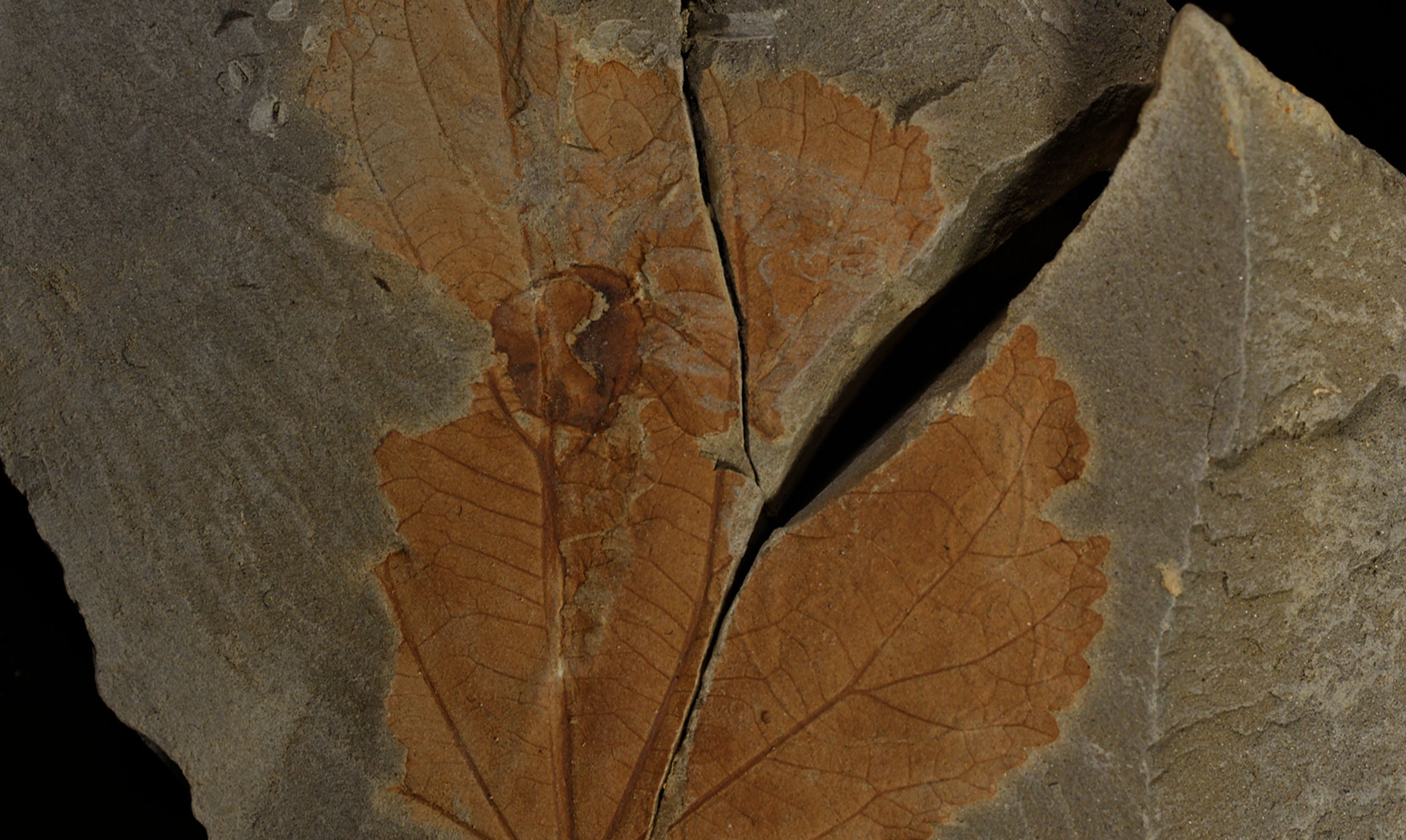 orange
Carlos Jaramillo
orange
Carlos JaramilloFossil
leaves
Smelly ocelot habitats may scare off seed-dispersing rodents
An experiment in Panama’s Parque Natural Metropolitano and Gamboa revealed that agoutis were less likely to disperse and pilfer seeds in sites where ferocious felines roam.
Text by Leila Nilipour
Cover photo by Christian Ziegler
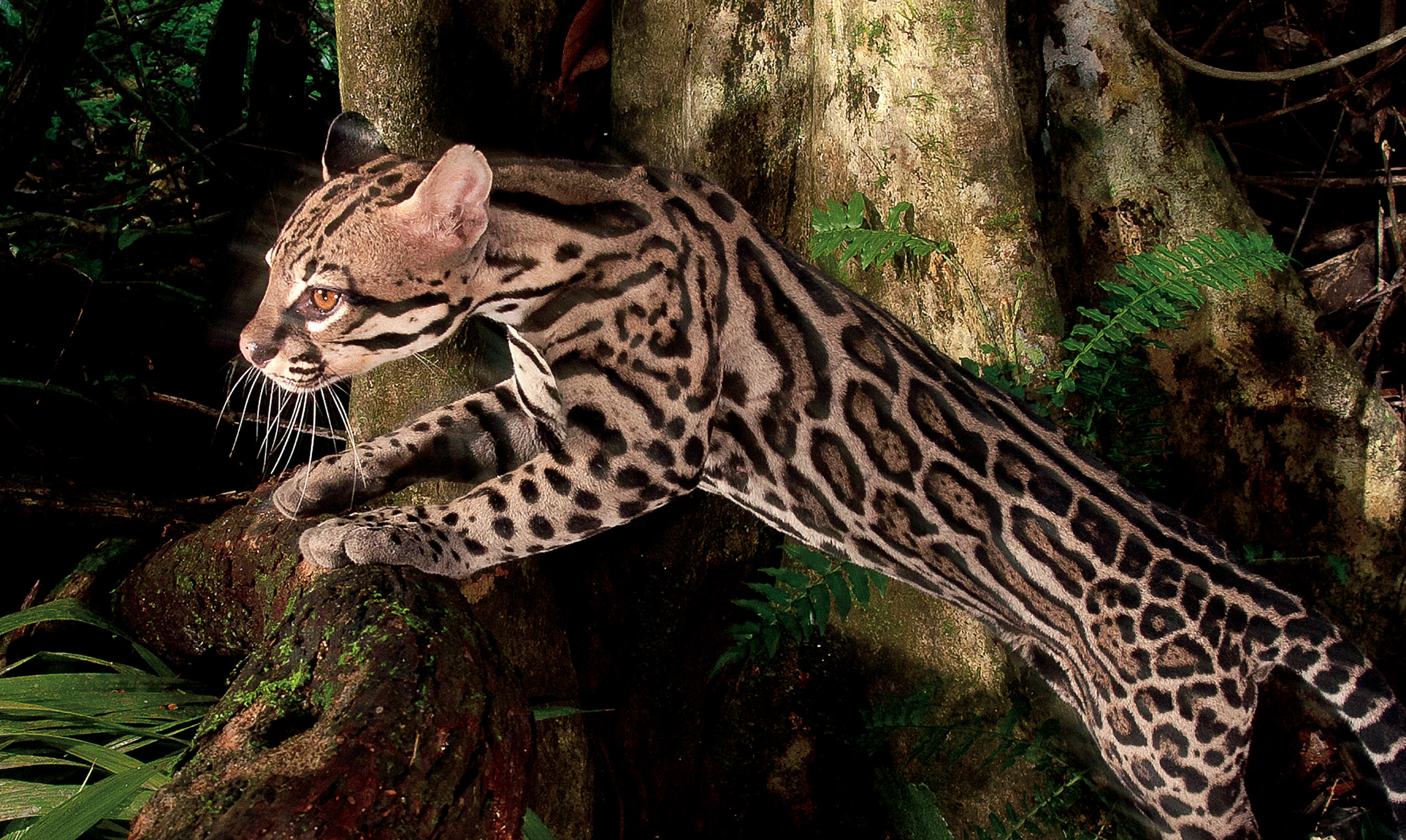 orange
Sabrina Amador
orange
Sabrina AmadorFear
of cats
We are women and girls in science…
One day each year is designated as the International Day of Women and Girls in science. Let’s make it every day!
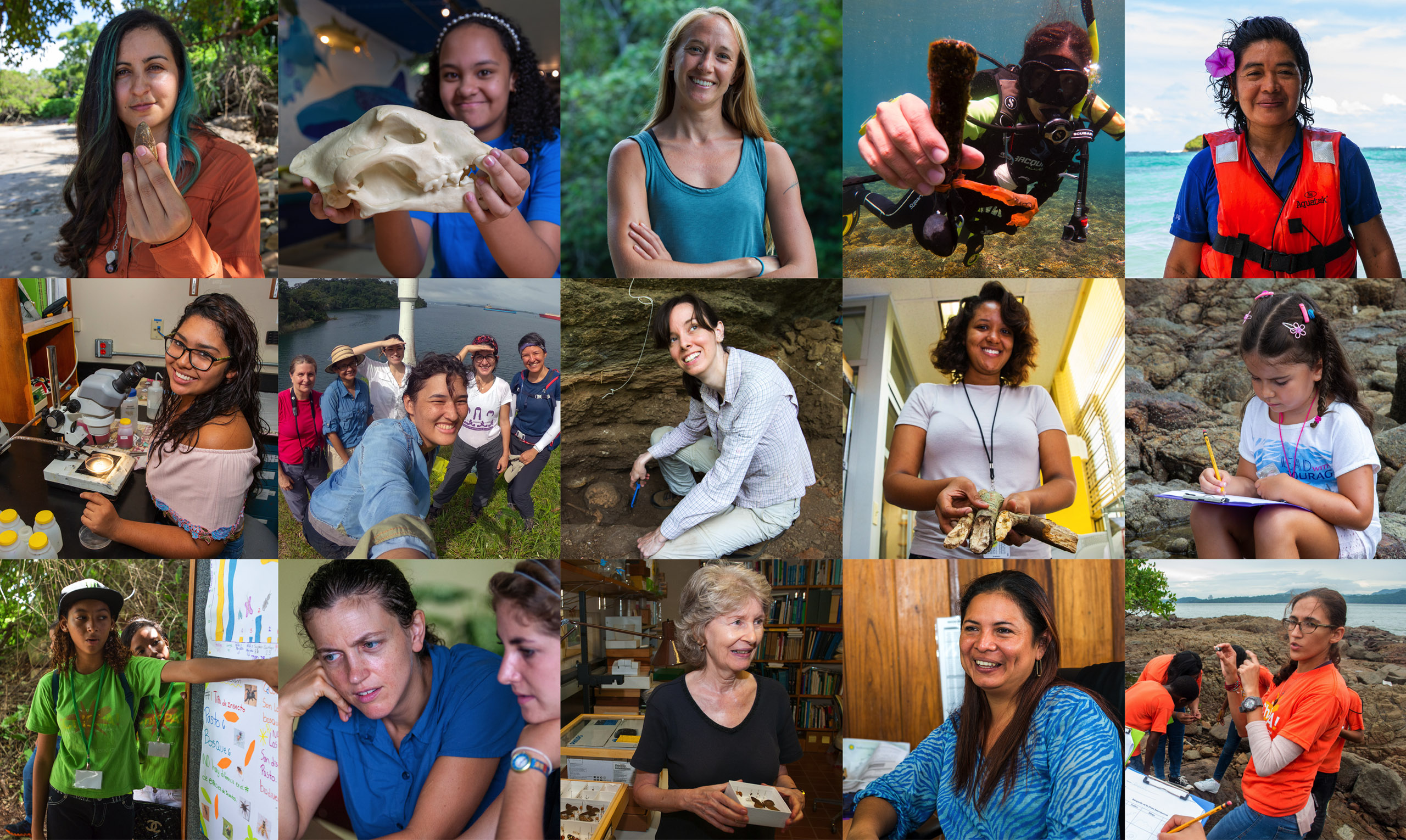 orange
orange
October 2021: O’Dea Lab visit,
Richard Cooke honored, OIT heroes
Panama
 orange
orangeSpecial
events
Las rutas caribeñas
de la cumbia panameña
The Panamanian cumbia is the result of a complex process of cultural dialogue that was unified in the late 19th and early 20th centuries. In this webinar, the Panamanian composer and musicologist Samuel Robles, a researcher at the Centro de Investigaciones Históricas, Antropológicas y Culturales AIP (Historical, Anthropological and Cultural Research Center CIHAC AIP), examines the various influences — musical and social — that converged on the Azuero of the early 20th century and that resulted in a vibrant musical culture, constantly innovative and deeply influential in the identity perception of Panamanians.
Panama
Anthropology orange
orangeSamuel
Robles
Mary Jane West Eberhard
receives Linnean Medal for Zoology
“Her unification of developmental plasticity and genetics is a huge advance in our understanding of evolution. Her decades-long work with tropical social wasps focusing on careful field observation is testimony to what a careful observer of natural history can contribute to evolutionary biology.”-the Linnean Society
Entomology Evolutionary Biology Zoology Biodiversity Natural History Animal Behavior Origins of Species and Societies orange
Mary Jane West-Eberhard
orange
Mary Jane West-Eberhard